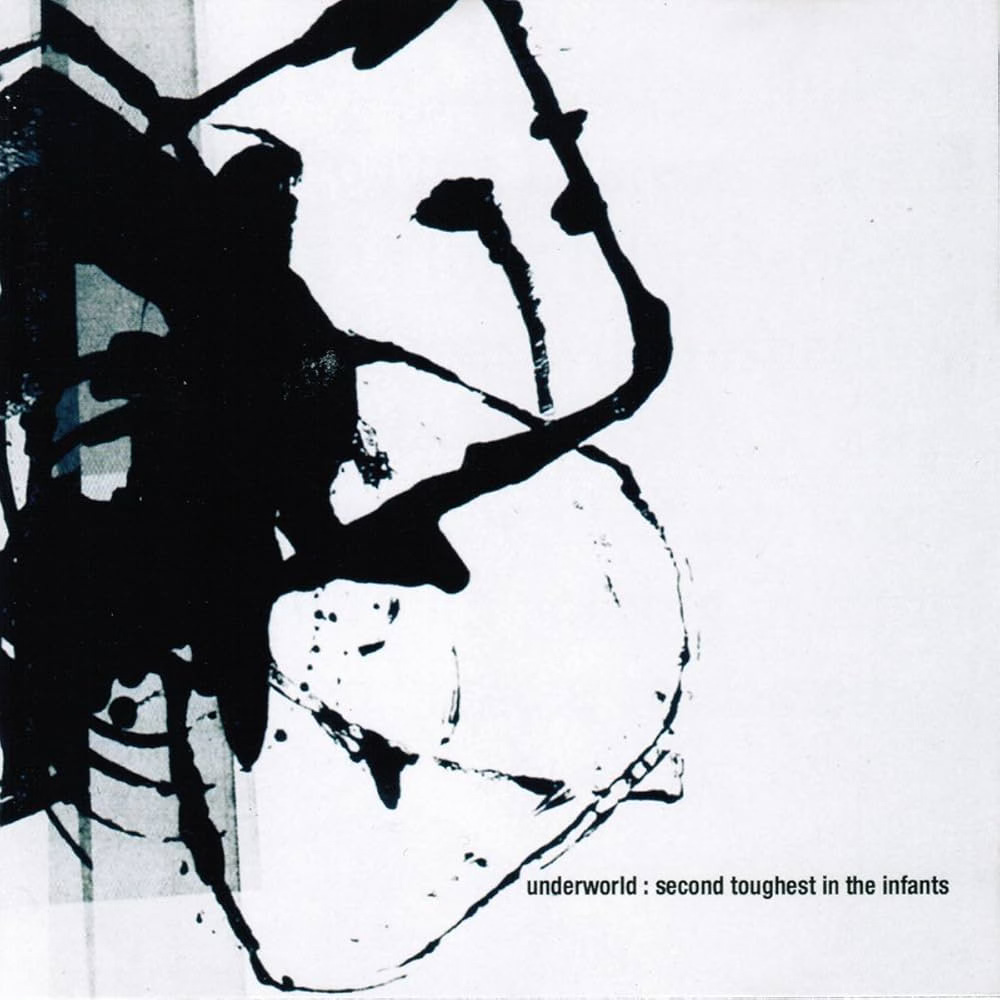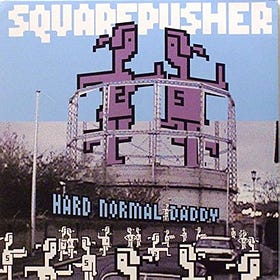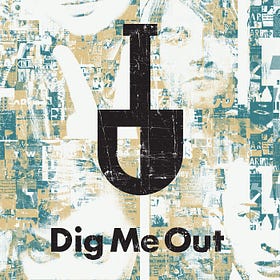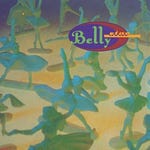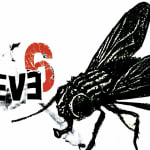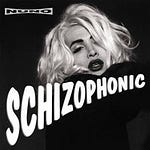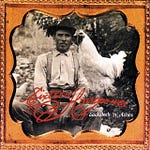What if your introduction to electronica didn’t come through a club night or a DJ mix, but from a random impulse in a record store? That’s how Second Toughest in the Infants by Underworld has often worked its way into collections—not with a chart-topping single, but as an accidental discovery that lingers, haunts, and deepens with time.
In the mid-90s, electronic music was shifting from warehouse raves to something more complex. For those rooted in rock, electronica felt distant, sometimes alien. But Underworld didn’t just build beats. They built worlds.
Underworld Mark II: The Rebirth of a Band
Karl Hyde and Rick Smith weren’t newcomers when they launched the second phase of Underworld. Their earlier incarnation dabbled in synth-pop and new wave, but it wasn’t until they partnered with DJ Darren Emerson that their sound crystallized into something cinematic and genre-defying. With 1994’s Dubnobasswithmyheadman, they established themselves as architects of immersive sound. But it was Second Toughest in the Infants, released two years later, that expanded the blueprint.
The title alone reads like Dadaist graffiti—nonsensical yet strangely evocative. It references a British school ranking, but could easily double as a short story by William S. Burroughs. Fitting, considering the album’s aesthetic is equally abstract and unsettling.
A Journey, Not a Setlist
From the opening track “Juanita: Kiteless: To Dream of Love,” it’s clear this is not a collection of singles. It’s a sweeping, 16-minute suite that moves in chapters. Rhythms mutate, synth textures unravel, and vocals emerge like signals from a distant radio. The record invites full immersion. Partial listens miss the point.
This isn’t dance music in the traditional sense. There’s no formulaic build-drop-repeat. Instead, the album borrows from progressive rock’s love of movement and ambient music’s patience. One moment feels like a high-speed chase through neon-lit streets. The next, you’re drifting through underwater dreamscapes.
The vocals offer another surprise. They don’t lead, they haunt. Delivered in fragmented, beat-poet style, lines like “Colonel Sanders fingers” or “acid wash jeans” drop like surreal postcards from the subconscious. It’s not about meaning. It’s about mood.
Layers and Contrasts
What makes Second Toughest so enduring is its balance of chaos and clarity. One track may stick to a two-chord groove for several minutes, daring the listener to either fall into the trance or break under the repetition. Another might detour into lush piano passages or dissonant synth arpeggios that defy easy categorization. The sequencing is deliberate. High-energy techno passages brush up against ambient interludes and moody, vocal-led explorations.
There's an unspoken confidence here—the kind of compositional ambition that places this album alongside early-2000s post-rock or late-70s prog. At times, the structure feels closer to Rush than to Fatboy Slim. Extended tracks unfold like chapters, not club cuts.
An Underrated Influence
The fingerprints of Second Toughest are all over the electronica crossover records that followed. Radiohead’s Kid A feels indebted to this approach—both in sonic palette and lyrical abstraction. The emotional detachment, the digitized melancholy, the sense of sound as narrative all echo Underworld’s experiments.
And yet, despite its influence, Second Toughest in the Infants never quite broke through to mainstream listeners. The lack of obvious singles made it a tough sell on radio. Even the massively popular “Born Slippy (Nuxx),” originally a B-side and later added to reissues after its Trainspotting fame, doesn’t appear on the original tracklist. That omission speaks volumes. Underworld wasn’t chasing hits. They were building something more immersive.
Does It Hold Up?
Some listeners might find the repetition challenging. A few tracks linger on grooves that stretch just a little too long, threatening to become wallpaper. But others will hear the hypnotic potential, the emotional arc embedded in subtle shifts and evolving textures.
Second Toughest in the Infants is that rare electronic album that holds up as a complete statement. It’s more than beats and builds. It’s an atmosphere. A mood. A world.
If your experience with Underworld starts and ends with “Born Slippy (Nuxx),” there’s a whole other story waiting. One that takes its time, explores the edges, and still rewards listeners nearly three decades on.
Songs In This Episode
Intro - Confusion the Waitress
16:28 - Stagger
19:26 - Juanita : Kiteless : To Dream of Love
23:34 -Banstyle/Sappy's Curry
27:06 - Rowla
Outro - Pearls Girl
Massive Attack - Mezzanine | 90s Rock Revisited
The 1990s were a dynamic time for music, with various genres finding their way into the mainstream, each bringing its own unique flavor. Among them, electronic music was making waves, with the hard-hitting beats of The Prodigy and The Chemical Brothers leading the charge in electronica, while the darker, more experimental sounds of Nine Inch Nails and S…
Squarepusher - Hard Normal Daddy | 90s Album Revisited
It’s 1997. You're flipping through jewel cases at a local indie shop, the air smelling faintly of plastic wrap and cigarette smoke. The new Radiohead is playing overhead. Someone’s arguing about The Prodigy at the counter. Between the racks of post-grunge holdouts and Britpop imports, a warped bassline crackles through a listening station. You lean in. …
#319: Electronica in the 90s Roundtable
Remember Electronica? Well we do, and we’re not quite sure what it was, so we’re hosting a roundtable discussion this week to talk about the explosion of electronic music that hit MTV, radio, Billboard and more in the late 90s. To help us figure out what it means, we’ve got a pair of guests, returning regular





